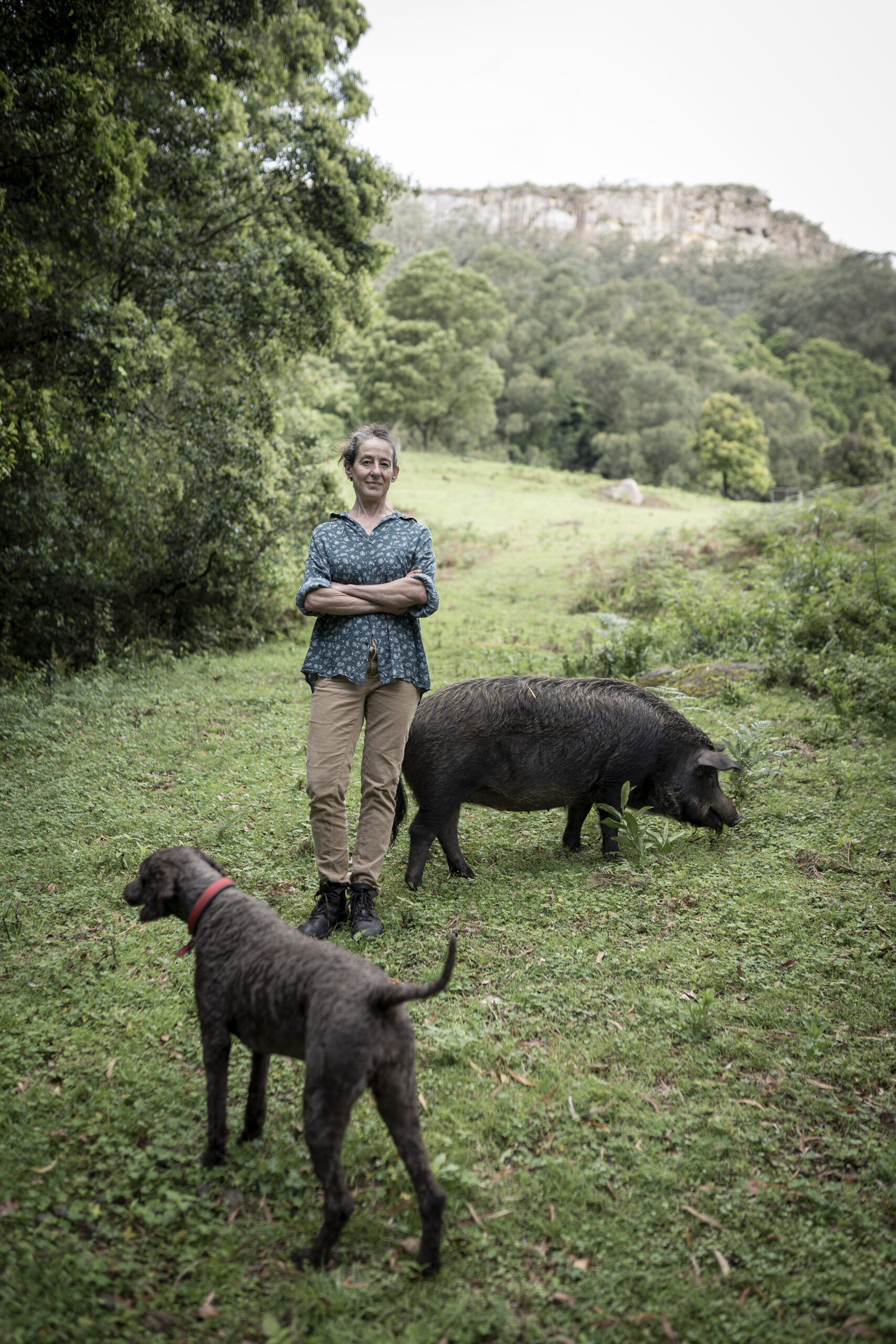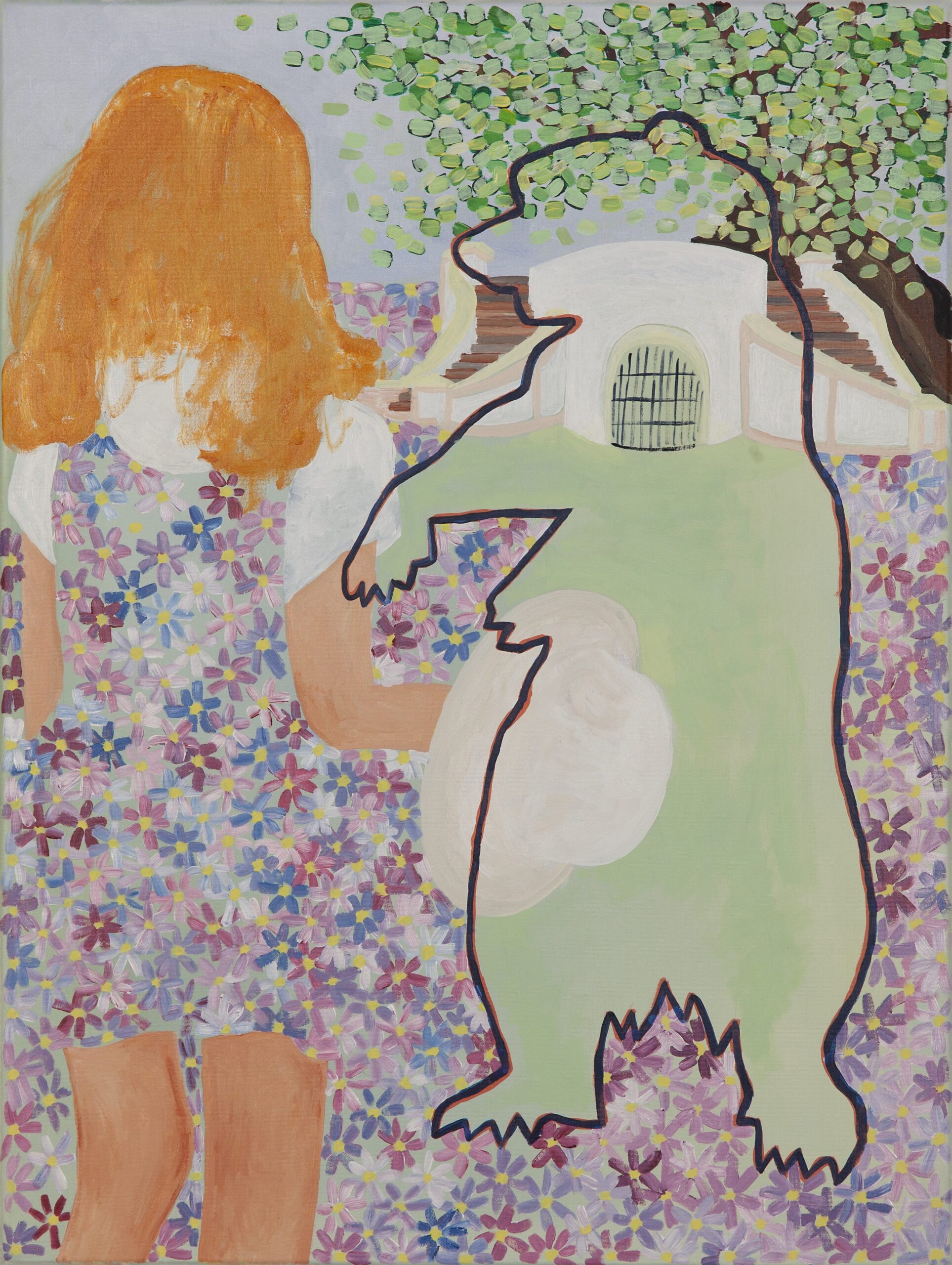Ondine Sherman talks to AASA member, Boria Sax, author of numerous books on human-animal relations and lecturer and a teacher at Mercy College, USA.
What originally drew you to the field of Animal Studies?
I was deeply involved in Animal Studies before there was a name for it. This began when I came across accounts of animals by chance while browsing in used bookstores, from Medieval bestiaries to Buffon to the anecdotes in Readers Digest. When human-animal relations emerged as an area of study, known as either “Animal Studies” or “Anthrozoology,” during the early to middle 1980s, the possibilities that it opened at first seemed virtually endless. I still prefer to think of Animal Studies not as an academic specialty but as any endeavor that challenges the many anthropocentric assumptions, mostly unconscious, which pervade our lives.
How would you broadly describe your work and interests?
I am interested in almost everything, which does not make life easy. Rather than maintain a narrow focus, I like to find connections between apparently very disparate areas. This is reflected in the sort of paradoxes that I have written about: the ravens in the Tower of London as a modern legend; the Nazis as leaders in animal protection; the American Thanksgiving turkey as a blood sacrifice; insect metamorphosis as a model for the stages of human development; and so on.
How do you see your work relating to or impacting on human-nonhuman relations?
I would like to help people appreciate the intimacy, complexity, and variety of human-nonhuman interactions, of which they are not always fully conscious. “Man,” especially as the word was used in the nineteenth and early twentieth centuries, became a slightly scaled-back version of “God.” He was the hero of history, the adventurous fish that crawled onto the land, mastered fire, bent nature to his will, and ventured into space. Now, “Animal” is often used as a slightly amended version of “Man,” to refer to humans and associated mammals. We isolate ourselves by ignoring reptiles, amphibians, mollusks, insects, arachnids, and many other creatures, not to mention trees and fungi. My writing has focused mostly on underappreciated forms of life. We will probably never be able to establish the same sort of emotional connection with reptiles or insects as with dogs and chimpanzees, but we can feel intimacy with them in different ways. They show us patterns that help us to make sense of our lives. An example is the metamorphosis of a caterpillar to a butterfly, which is a model for many kinds of human transformations.
Scientists are increasingly revealing how there is constant communication in the natural world, much of it across lines of species, by many means such as pheromones, changes in color, scents, bioluminescence, electric currents, and so on. Some animals can perceive colors or hear sounds that are inaccessible to human beings. Some can perceive polarization of light or sense magnetic fields. We have lost touch with this community of creatures, and the result is collective loneliness. To rediscover our place within the natural world is a challenge to our intellect and our imagination, which will involve the work of scientists in many fields and artists in many media.
Describe your current work, Enchanted Forests, and any future plans for other research and writing.
In Enchanted Forests: The Poetic Construction of a World Before Time, I show how images of the forest have reflected changing relationships to the natural world in general, from the holy cedars in Gilgamesh, to the ‘dark wood’ of Dante, the deer parks of kings, the eroticized woods of the Rococo, the ‘sylvan temples’ of romantics, the ‘liberty trees’ of the French Revolution, the ‘New Eden’ of explorers, the ‘howling wilderness’ of Puritans, and the sanctuaries for endangered species of today. I am now working on a new book on creepy crawlies, tentatively entitled Metamorphoses: Entomological, Godly, and Human.
***
Enchanted Forests: Linking literature, philosophy, art, and personal experience, a moving exploration of the wooded landscape’s power
In 1985 Boria Sax inherited an area of forest in New York State, which had been purchased by his Russian, Jewish, and Communist grandparents as a buffer against what they felt was a hostile world. For Sax, in the years following, the woodland came to represent a link with those who currently live and had lived there, including Native Americans, settlers, bears, deer, turtles, and migrating birds.
In this personal and eloquent account, Sax explores the meanings and cultural history of forests from prehistory to the present, taking in Gilgamesh, Virgil, Dante, the Gawain poet, medieval alchemists, the Brothers Grimm, Hudson River painters, Latin American folklore, contemporary African novelists, and much more. Combining lyricism with contemporary scholarship, Sax opens new emotional, intellectual, and environmental perspectives on the storied history of the forest.




